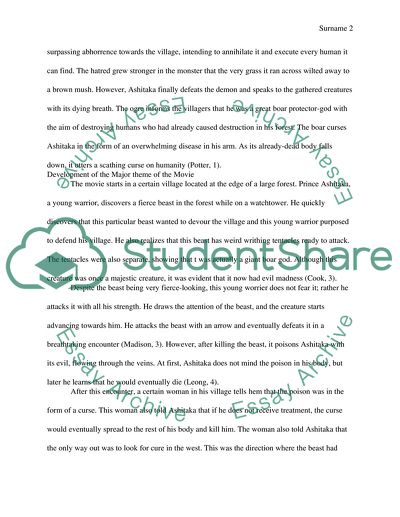Cite this document
(“Write a paper on the movie Princess Mononoke Essay”, n.d.)
Retrieved from https://studentshare.org/visual-arts-film-studies/1582122-write-a-paper-on-the-movie-princess-mononoke
Retrieved from https://studentshare.org/visual-arts-film-studies/1582122-write-a-paper-on-the-movie-princess-mononoke
(Write a Paper on the Movie Princess Mononoke Essay)
https://studentshare.org/visual-arts-film-studies/1582122-write-a-paper-on-the-movie-princess-mononoke.
https://studentshare.org/visual-arts-film-studies/1582122-write-a-paper-on-the-movie-princess-mononoke.
“Write a Paper on the Movie Princess Mononoke Essay”, n.d. https://studentshare.org/visual-arts-film-studies/1582122-write-a-paper-on-the-movie-princess-mononoke.


